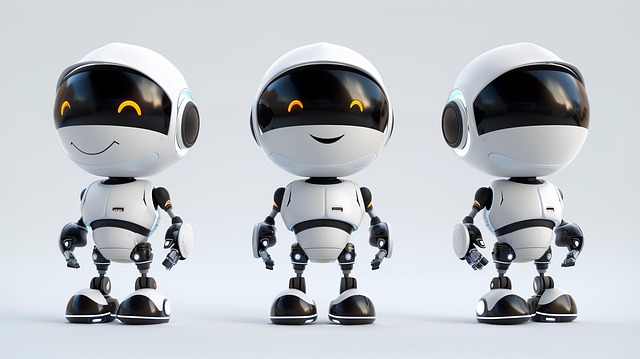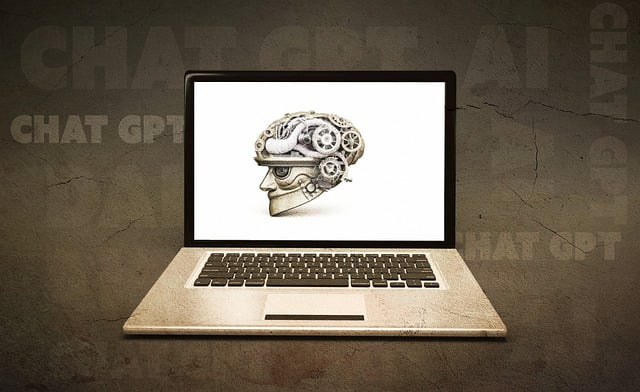“Discover the transformative power of Generative AI Chatbots, including OChatbot, a cutting-edge tool redefining human-machine interaction. This article unravels the fundamentals of these advanced chatbots and their unique capabilities.
Learn how OChatbot leverages Generative AI to deliver sophisticated responses, enhancing user experiences across diverse sectors. Explore the myriad benefits of using a free AI chatbot like OChatbot, from cost savings to accessibility.
Dive into real-world applications, future prospects, and challenges, as we navigate the exciting landscape of AI chatbots and their potential to revolutionize communication.”
- What is a Generative AI Chatbot?
- How Does OChatbot Utilize Generative AI?
- Benefits of Using a Free Generative AI Chatbot
- Applications and Use Cases Across Industries
- Future Prospects and Challenges for AI Chatbots
What is a Generative AI Chatbot?

How Does OChatbot Utilize Generative AI?

OChatbot leverages Generative AI to deliver highly interactive and contextually relevant conversations. At its core, it employs advanced Natural Language Processing (NLP) models that can understand and interpret user queries, allowing for a dynamic back-and-forth. These models generate responses based on vast amounts of data they’ve been trained on, enabling OChatbot to provide insightful, creative, and sometimes even surprising answers.
Unlike traditional rule-based chatbots, Generative AI gives OChatbot the flexibility to learn and adapt from each interaction. It can handle a wide range of user inputs, from simple questions to complex scenarios, by generating responses that are not just grammatically correct but also contextually appropriate. This makes OChatbot a powerful tool for customer service, education, entertainment, and more, offering users a free and accessible way to explore the capabilities of Generative AI.
Benefits of Using a Free Generative AI Chatbot

Using a free generative AI chatbot like oChatbot offers numerous advantages for individuals and businesses alike. One of the key benefits is accessibility; these chatbots are readily available to everyone, regardless of their budget or technical expertise. This democratizes access to advanced AI technology, allowing people from diverse backgrounds to explore its potential. Whether you’re a content creator seeking inspiration, a student researching a topic, or a business owner looking to streamline customer support, an AI chatbot can provide valuable assistance.
Free generative AI chatbots also enhance efficiency and productivity. They can handle repetitive tasks, such as answering frequently asked questions or generating initial drafts of text, freeing up time for users to focus on more creative and strategic endeavors. Additionally, these chatbots continuously learn and improve over time, ensuring that their responses become increasingly accurate and relevant. This ongoing evolution ensures that users benefit from a constantly upgrading virtual assistant.
Applications and Use Cases Across Industries

Generative AI chatbots are transforming various industries with their versatility and accessibility. These advanced tools offer a range of applications from customer service and support to content creation and data analysis. For instance, businesses can utilize free ai chatbots to automate routine queries, providing instant responses to customers 24/7 without human intervention. This enhances user experience while freeing up resources for more complex tasks.
In sectors like healthcare, education, and finance, ochatbots are revolutionizing service delivery. They assist in scheduling appointments, answering educational queries, and offering personalized recommendations based on user inputs. Moreover, these chatbots can analyze vast datasets to generate insights, aid in research, and even create tailored marketing campaigns, making them invaluable assets for modern businesses.
Future Prospects and Challenges for AI Chatbots

The future prospects for AI chatbots are vast and promising. As technology continues to advance, these virtual assistants will become increasingly sophisticated, offering more nuanced and contextually appropriate responses. The development of open-source ochatbot platforms and ai chatbot free tools is a significant trend, enabling developers worldwide to collaborate and build upon each other’s creations. This collaborative environment fosters innovation, leading to faster improvements in chatbot capabilities and accessibility.
However, challenges remain. Ensuring the ethical and responsible use of AI chatbots is paramount. Bias in data sets can lead to biased responses, impacting user experiences negatively. Additionally, maintaining user privacy and data security is crucial, especially as chatbots handle sensitive information. Overcoming these obstacles will require ongoing research, industry collaboration, and robust regulatory frameworks to shape a future where AI chatbots enhance human interactions while adhering to strict ethical standards.
